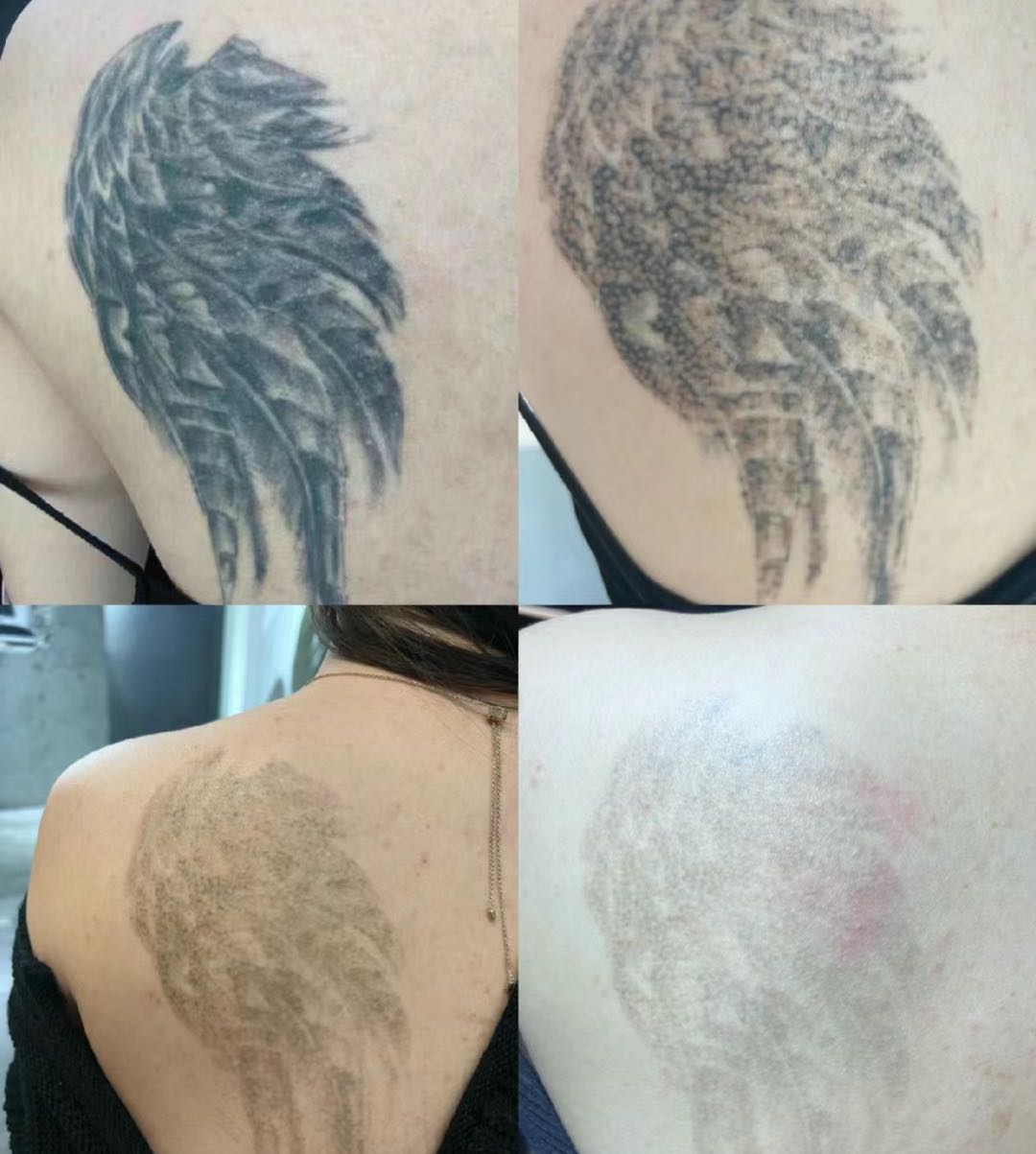
Laser Tattoo Removal Treatment Overview
2024-04-08 16:01
Laser Tattoo Removal Treatment Overview

What Is Laser Tattoo Removal Treatment?
Laser tattoo removal is a non-surgical procedure that utilizes high-intensity pulsed beam lights that penetrate
the skin. Specifically, it targets the pigment colors and the dermis or the skin layer between the epidermis and
subcutaneous tissues.
During the procedure, the practitioner uses a machine that passes laser light into the skin. Quick pulses of light
energy with specific wavelengths are generated, which then permeate the skin to begin the process of tattoo
removal. The heat produced microscopically blasts the tattoo ink into smaller particles. Over the course of the
treatment, the lymphatic system flushes the tattoo ink fragments naturally, fading the appearance of the tattoo.
Does Laser Tattoo Removal Work?
This is probably the first question most patients would ask when they are planning to have their tattoos removed.
And the straightforward answer is: Yes. Laser tattoo removal works. Results may vary from person to person, but
usually, the desired results are seen after multiple sessions. Because the procedure only uses lasers, it is considered
the safest and most effective method as it only targets a localized area and does not affect the surrounding skin.
Laser Tattoo Removal Results
With advances in technology in recent years, the outcome of laser tattoo removal has become more positive, resulting
in the reduction of adverse effects and increased efficacy.
The success of the treatment depends on the tattoo itself. The dyes used and level of penetration are two major
considerations. This is why documenting patients’ care by taking photographs of the treated area for future comparison
is imperative. In most cases, laser removal showed a significant reduction of tattoo pigment, overall improvement
in skin pigmentation, and the absence of permanent atrophic and hypertrophic scars.
How Often to Get Laser Tattoo Removal Treatment?
It is necessary to assess the patient’s skin carefully to determine the ideal treatment plan. Usually, each session
will be scheduled six to eight weeks apart to allow the skin enough time to heal and prevent any untoward effects.
What Are The Side Effects Of Laser Tattoo Removal? Does it hurt?
People who want to have their tattoos erased should expect varying levels of discomfort and this should be explained
during the initial consultation. Depending on the patient’s pain tolerance, the procedure might feel the same as
getting a tattoo for some, while others could liken it to the feeling of a rubber band being snapped against the skin.
Topical anesthesia or local injection with lidocaine can be applied thirty minutes prior to treatment to make it as
tolerable as possible. Make sure to discuss this in detail with your patients so they will not feel anxious the next
day, especially when they see the following side effects:
Erythema, or redness of the skin
Edema, or swelling at the treatment site
Tenderness when the affected area is touched
Scabbing, bruising, and blistering pos-treatment
Pigmentary alterations such as hyperpigmentation and hypopigmentation
How Many Laser Tattoo Removal Treatments are Needed?
It is important to note the five types of tattoos: amateur, professional, cosmetic, medicinal, and traumatic. Amateur
tattoo made in one color requires fewer treatment sessions than professional tattoos with vibrant hues. Typically,
six to twelve laser tattoo removal treatments are required to see drastic changes.
When discussing the treatment timeline with the patient, the Kirby-Desai scale can help you do exactly just that.
This predictive scale is an excellent tool in assessing patients and determining the number of treatments a tattoo
will need for removal and examines the following elements:
Fitzpatrick skin type
Tattoo placement
Ink colors
Amount of ink
Layering
Scarring and tissue changes
How Long Does It Take To See Results From Laser Tattoo Removal?
Removal of tattoos is an individualized process. The length of the treatment plan is based on a variety of factors.
Given the time in between each session, results start showing a few months after the procedure starts. Simply put,
some patients may begin to see their ink fading after three to four appointments, while others require as many as
fifteen. For a tattoo that covers a large surface of the skin, the treatment plan may be longer.
Get the latest price? We'll respond as soon as possible(within 12 hours)



















